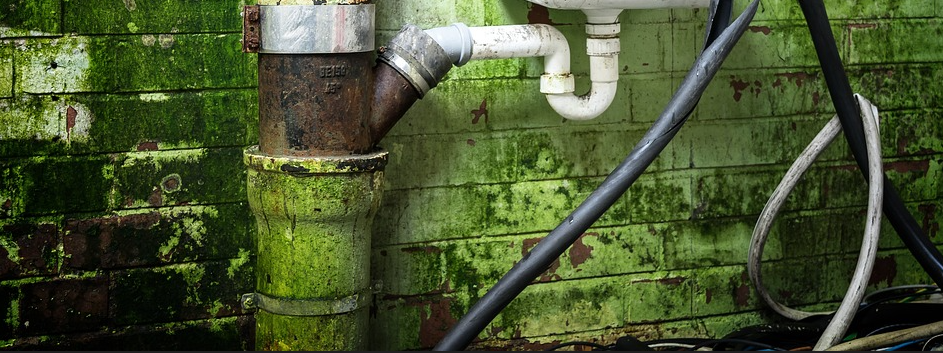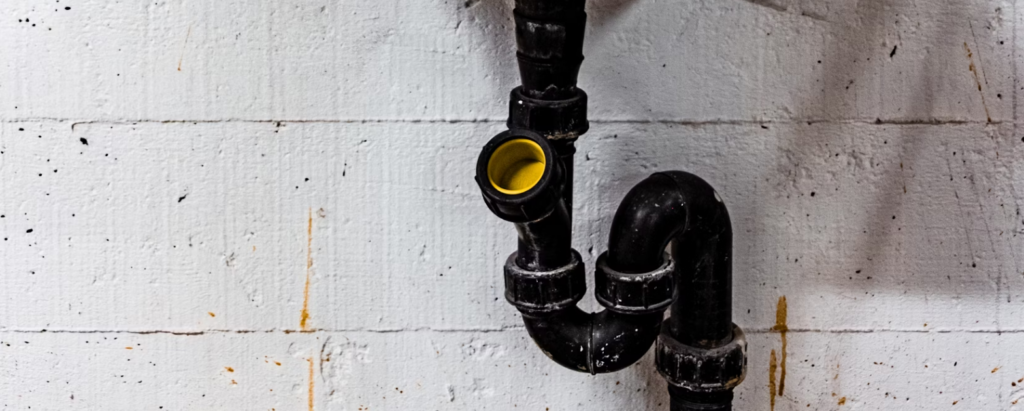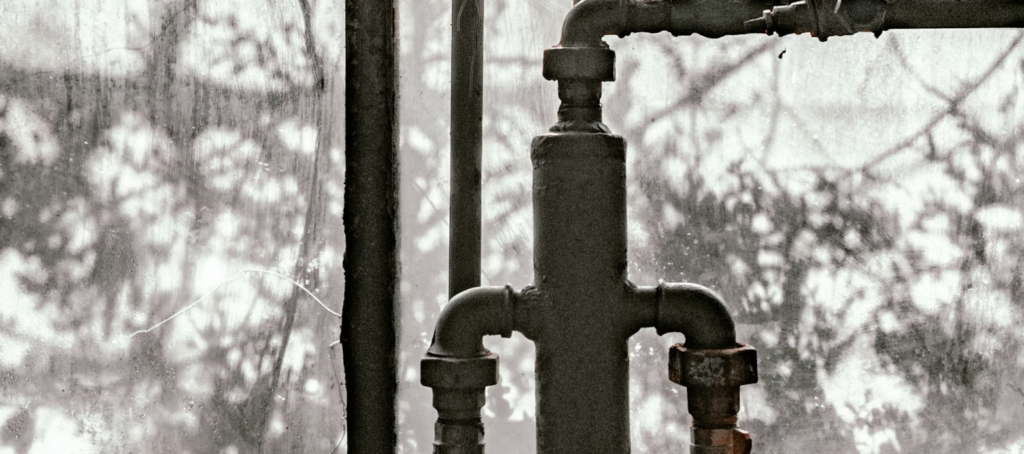-
Shop
- Furniture
- Kitchen
- Bathroom
- Home & Garden

Ever wondered if you can use a 1 1/2 inch pipe for your shower drain?
The answer to that depends on where you live.
In most areas, building codes generally require a larger diameter pipe, usually 2 inches, for shower drains. But some codes do allow 1 1/2 inch drains in certain situations.
In this post, I’ll go over everything you need to know about using 1 1/2 inch pipe for shower drain.
In many areas, plumbing codes require shower drains to be a minimum of 2 inches wide.

Also Read: Is 1 2 PEX Big Enough For Shower
The reason behind this is that they want it to be bigger than the drains in bathtubs, which are usually 1 1/2 inches wide.
This is to make sure water can flow through easily and to lower the chances of blockages causing the shower to overflow.
However, some jurisdictions do permit 1 1/2 inch pipes for showers
But that’s only as long as certain conditions are met.
These conditions might include limiting how fast the water flows out of the shower (like no more than 2.5 GPM) or only allowing the smaller drains for showers with just one shower head.
In older houses, you might come across showers with 1 1/2 inch drains that were installed according to the rules back then.
Many jurisdictions have “grandfather clauses” that allow these older setups to stay as they are, as long as they work fine and no one’s changing them.
If your local plumbing codes allow it, you can use 1 1/2 pipes for shower drains.
It’s generally fine to use a 1 1/2″ drain, as long as you have a modern low-flow showerhead and aren’t dealing with a fancy multi-head setup.
But they should be properly vented and maintained with regular augering.
With all that said, there are some issues these smaller pipes come with:
1 1/2 inch pipes have less cross-sectional flow area and this makes it easier for hair, soap scum, and other debris to accumulate along the pipe walls over time.
As this buildup happens, it slowly makes the space even smaller, causing more turbulence and friction in the water.
That makes it easier for more stuff to get caught and stuck, making clogs happen faster.
Also Read: No Cold Water In Shower After Replacing Cartridge
Even if a 1 1/2 inch drain isn’t fully blocked, its smaller size can still cause drainage to be slow.

The reduced space for water to flow means it encounters more resistance and friction.
This slower flow might lead to water pooling in the shower tray or base while you’re showering because the drain can’t handle the water from the showerhead quickly enough.
This standing water mixes with soap, hair, and grime, which can add to blockages over time.
With a 2-inch drain, there’s more room for water to move, so it can drain away faster.
If you’re dealing with really stubborn clogs or showers with super high water flow, a 1 1/2 inch drain might not be able to handle the water volume.
This can cause the water level in the shower to shoot up fast.
If it happens quicker than you can turn off the shower, the water might spill over the edge of the shower or door, making a mess and possibly damaging the bathroom floor and nearby areas.
Proper venting can significantly impact the drainage rate, regardless of the pipe size
If your bathtub drain isn’t doing its job well, it might not be because of the pipe size itself, but because there’s not enough ventilation.
Some plumbers say that putting in another vent closer to the trap can help things drain better.
But don’t install too many vents close together, as it could cause problems instead of fixing them.
Also Check Out: Digital Display Rotatable Pressurized Shower Head Rain Shower
Let’s take a step back and look at the physics involved.
You might be thinking, “Wait a minute, shouldn’t a bathtub require a larger drain since it holds more water?”
Well, not necessarily. While a tub does hold more water overall, the way it’s designed with an overflow prevents the drain from becoming completely covered and overwhelmed.
On the other hand, a shower stall needs a larger drain to ensure that the water doesn’t completely cover and overwhelm the drain, leading to an overflow situation.
The larger drain size allows for proper air flow, which helps the water drain efficiently.




Leave a comment